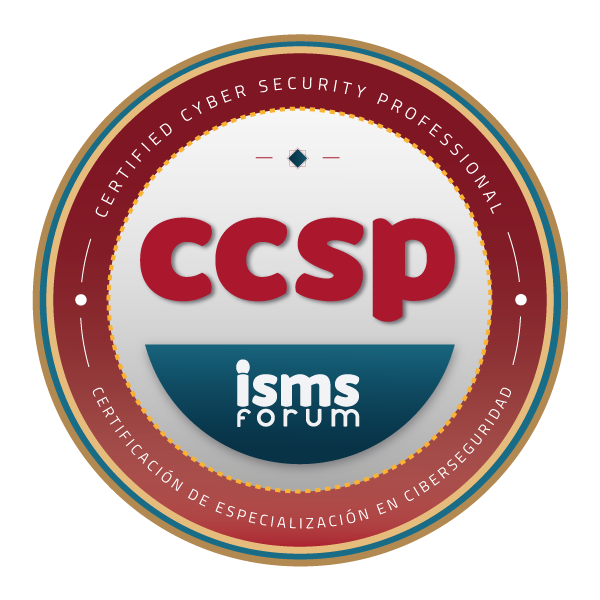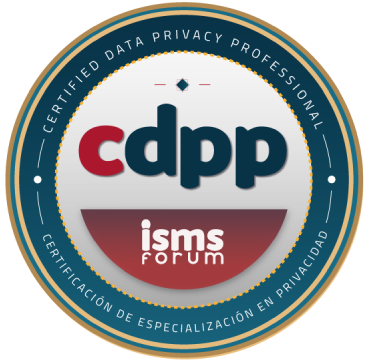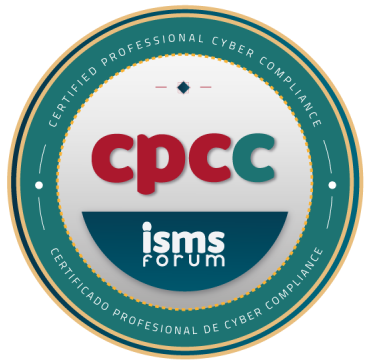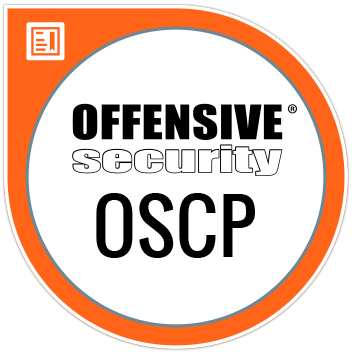The SAP Clean Core strategy It consists of separating customizations and extensions from the standard SAP core, leveraging the capabilities of the SAP Business Technology Platform (BTP) and new programming models. This facilitates the migration and upgrade of the SAP S/4 HANA system to the cloud, reducing maintenance complexity and costs.
In this article, we'll explain how to prepare for SAP's Clean Core strategy, from an on-premise systems perspective, following a step-by-step approach that spans from initial assessment to cloud system governance and maintenance.

Figure 1. SAP Clean Core implementation steps.
Initial Assessment for SAP Clean Core Implementation
The first step is to perform an initial assessment of the current state of the SAP S/4 HANA system, identifying existing customizations, key business processes, and the development team's training and knowledge needs.
- Review of Current Practices: A thorough review of current development practices should be conducted, with special emphasis on documenting existing customizations in the on-premise SAP S/4HANA environment. This will identify areas for improvement and opportunities for simplification and standardization.
- Identification of Key Processes: Identifying key business processes is critical to determining which ones will benefit from moving to a SAP Clean Core approach. Prioritize processes that add the most value to the business, require greater agility and flexibility, and have fewer dependencies on the standard SAP core.
- Training and Knowledge: The development team must be prepared to adopt the new tools and methodologies implied by SAP's Clean Core strategy. To achieve this, they must be trained and knowledgeable about SAP Clean Core concepts and principles, the SAP Business Process Management (BTP) platform, the RAP programming model for ABAPS and CAP for Nodejs, Java, and JavaScript, and the design of SAP Fiori applications.
Architecture Planning
The second step is to plan the SAP S/4 HANA system architecture, designing a structure that clearly separates customizations from the standard SAP core and leverages the capabilities of the SAP BTP platform to extend functionality without altering the core.
Figure 2. SAP Digital Core.
- Architectural Design: Creating an architecture that clearly separates customizations from the standard SAP core is essential for an effective SAP Clean Core approach. This involves defining the components, interfaces, services, and layers that make up the system, as well as the criteria for modularity, scalability, security, and performance.
- Using SAP BTP: Considering the use of SAP BTP to extend functionality without altering the standard core would be a strategic advantage for the project. SAP BTP offers a range of services and capabilities for development, integration, analytics, and innovation, enabling the creation of customized and differentiating applications, leveraging the potential of the cloud.
Development and Testing in SAP Clean Core
The third step is to develop and test customizations and extensions to the SAP S/4 HANA system using innovative and agile tools and methodologies offered by SAP's Clean Core strategy, such as new programming models, the Eclipse environment, and Business Application Studio (BAS).
Figure 3. Extensibility Options in SAP S/4 Hana.
- Implementation of Agile Practices: Adopting agile development and DevOps practices will be crucial for continuous development and effective integration into the on-premise SAP S/4 HANA environment. This involves establishing short development, testing, and deployment cycles, as well as fostering collaboration and communication between development, operations, and business teams.
- Use of Innovative Tools: The use of tools such as Eclipse and Business Application Studio (BAS) will be essential for efficient, high-quality development. These tools offer an integrated development environment (IDE) that facilitates the creation, deployment, and maintenance of applications, following the RAP programming models from Eclipse (both in BTP, within your ABAP environment, and in S/4 HANA) and CAP (from BAS in BTP), with the possibility of using SAP Build Code.
- Low-code/no-code development approach: Where possible, a low-code/no-code development approach should be adopted, which accelerates development and allows for the participation of non-technical users. To achieve this, you can use tools such as SAP Build on BTP and Key User Extensibility on S/4 HANA, which facilitate the design and prototyping of SAP Fiori applications.
Integrations
The fourth step is to ensure the compatibility of existing integrations with the SAP cloud transition process, using the SAP BTP integration suite, which offers a range of services and tools to facilitate the connection between systems, applications, and data.
Figure 4. SAP Integration Suite.
- Integration Compatibility: It's critical to ensure that all existing integrations are compatible with the SAP cloud transition process. To do this, review and document current integrations, identify those that require adaptation or replacement, and define the requirements and solutions for each case.
- Using SAP BTP Integration Suite: The SAP BTP integration suite offers a series of services and tools to facilitate the connection between systems, applications, and data, both in the cloud and on-premises. These services include SAP Cloud Integration, which enables the integration of processes and data between SAP and non-SAP applications; SAP API Management, which enables the secure and scalable management and exposure of APIs; and the SAP Cloud Integration Automation Service, which automates and simplifies the integration of predefined scenarios.
Migration and Testing
The fifth step is to migrate and test the SAP S/4HANA system in the cloud environment, using the tools and services offered by SAP to facilitate the process and ensure optimal functioning of business functions and processes.
Figure 5. SAP Testing Scenarios.
- Testing Migration: Performing a test migration is essential to identify and address potential issues before final deployment to the cloud environment. To do this, you should use tools such as the SAP Readiness Check, which assesses system readiness for migration, or SAP Cloud ALM, which enables application lifecycle management in the cloud.
- Exhaustive Testing: Conducting thorough testing will ensure that all functionalities and business processes operate optimally once the migration is complete. To achieve this, you should use tools such as SAP Solution Manager, which allows you to manage the lifecycle of SAP solutions, or SAP Quality Center, which allows you to plan, execute, and monitor quality testing.
Transition to the Cloud
The sixth step is to plan and execute the final migration to the SAP Cloud environment, establishing a detailed plan that addresses the technical, organizational, and communication aspects of the change. Once in the cloud, the team can continue development and optimization, leveraging the capabilities of SAP S/4HANA Cloud to enhance the system.
- Migration Planning and Execution: Establishing a detailed plan and executing the migration to the SAP Cloud environment will be a crucial milestone in the transition of your SAP S/4 HANA system to the cloud. The plan should address technical aspects, such as cloud provider selection, environment configuration, data transfer, and feature activation, as well as organizational and communication aspects, such as the assignment of roles and responsibilities, change management, and user training.
- Continuous Development and Optimization: Once in the cloud, the team can continue development and optimization, leveraging the capabilities of SAP S/4HANA Cloud to enhance the system. This involves staying up to date with SAP updates and innovations, as well as monitoring and improving the system's performance, security, and user experience.
Governance and Maintenance
The seventh and final step is to establish a governance and maintenance framework for the SAP S/4 HANA system in the cloud, defining the policies, processes, and tools that allow for managing the lifecycle of customizations and developments, as well as monitoring and maintaining the system in optimal conditions.
- Establish a Governance Framework: To manage the customization and development lifecycle, a governance framework must be established that defines the policies, processes, and tools that will be applied at each stage, from planning to implementation and support. The framework should address aspects such as requirements management, change management, release management, configuration management, quality management, and incident management.
- Monitor and Maintain the System: To ensure system performance and security, the system must be continuously monitored and maintained using the tools and services offered by SAP. These include SAP Cloud ALM, which enables cloud application lifecycle management; SAP Cloud Availability Center, which monitors the availability and status of cloud services; and SAP Cloud Trust Center, which provides access to SAP security, privacy, and compliance information.
In conclusion, SAP's Clean Core strategy is an opportunity to simplify and optimize the SAP S/4HANA system, facilitating the transition to the cloud and leveraging the capabilities of the SAP BTP platform and new programming models. By following the steps described in this article, you can pave the way for SAP's Clean Core strategy, achieving benefits such as greater agility, flexibility, innovation, and cost reduction.
See you next time!
Discover our SAP training
Find out everything on our blog and train in SAP with our Master in Financial Management and Functional Consulting SAP S/4HANA Finance, Official Sap S/4Hana Sourcing And Procurement Certificate and Sap S/4Hana Finance Official Certificate.























